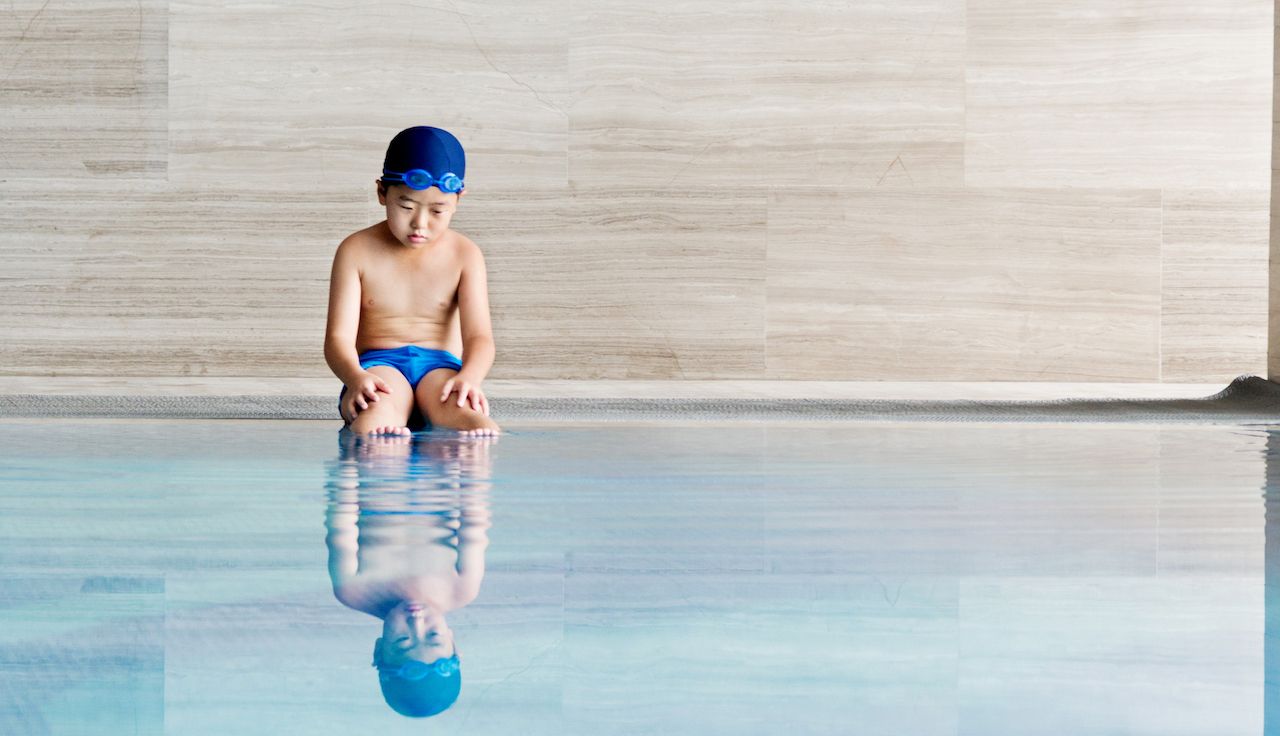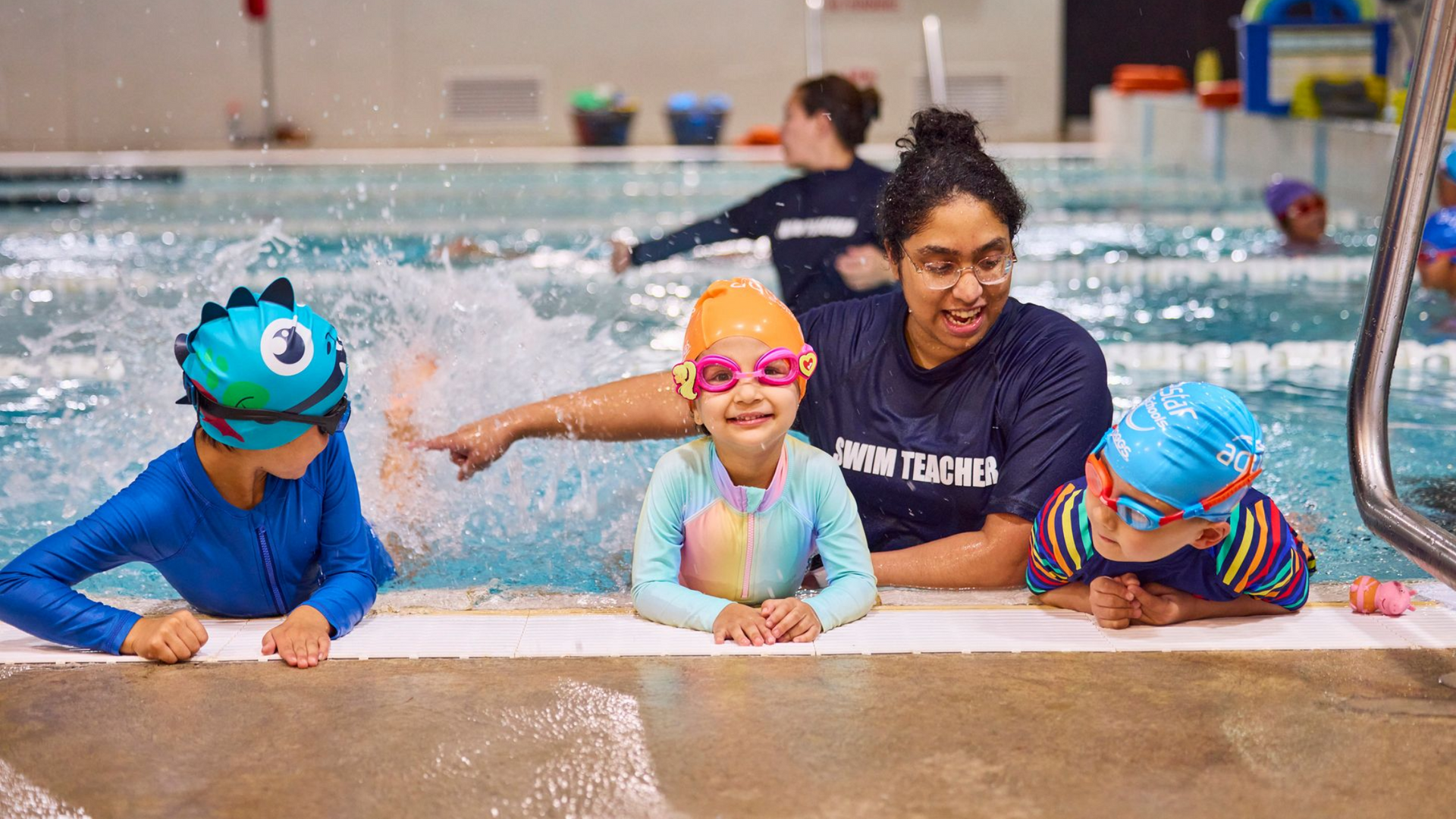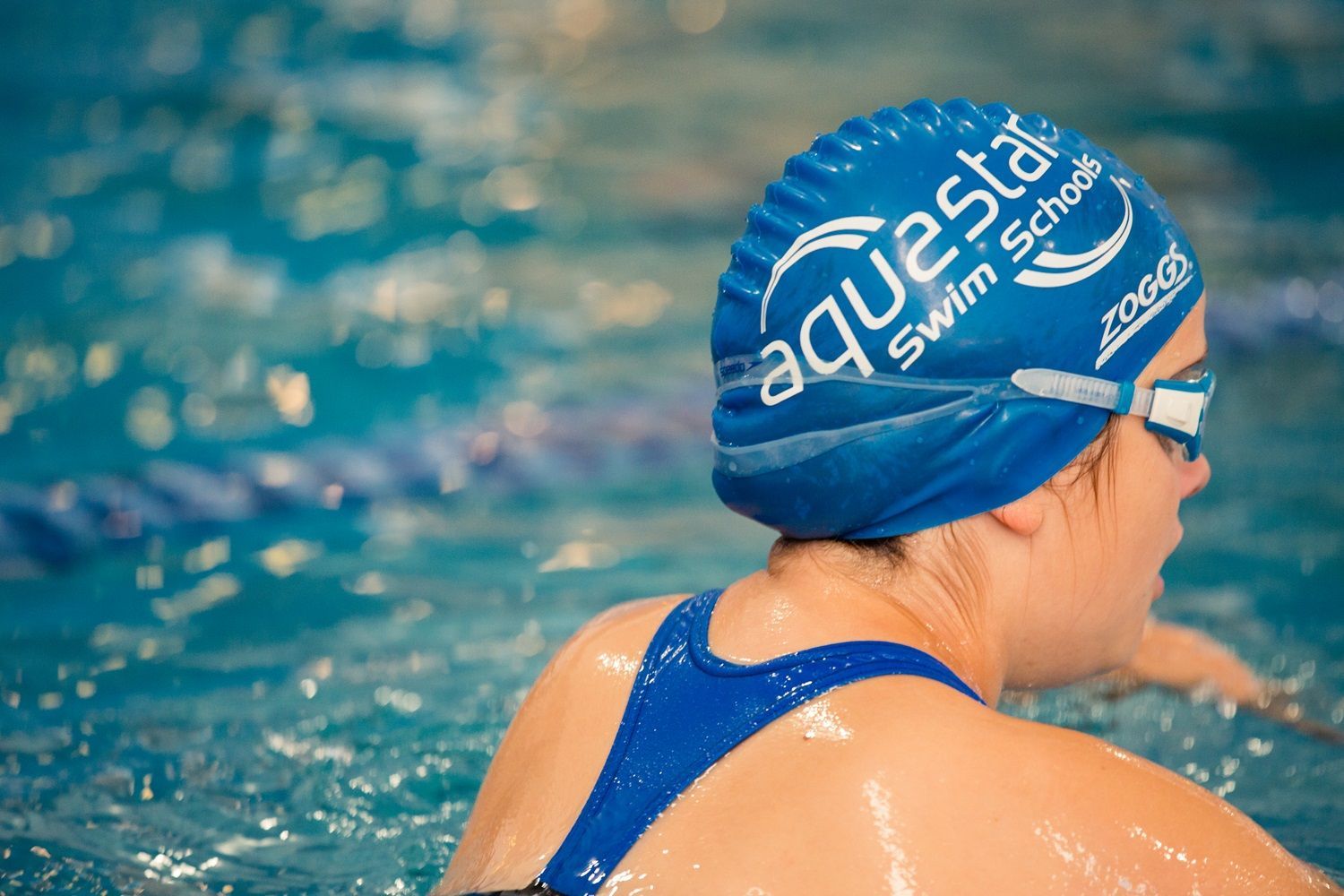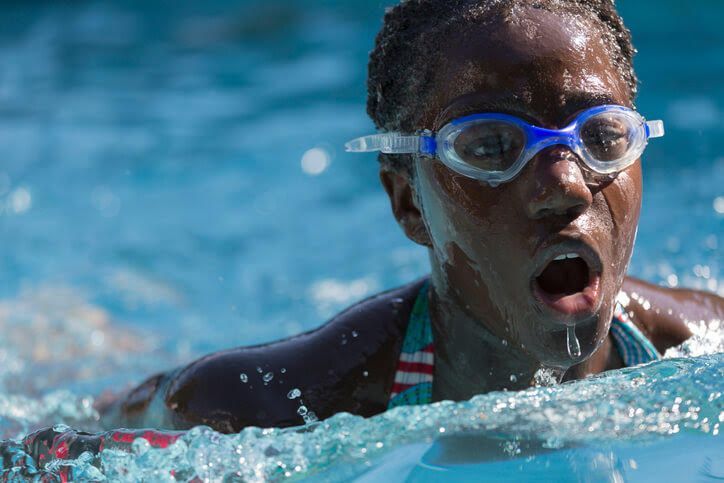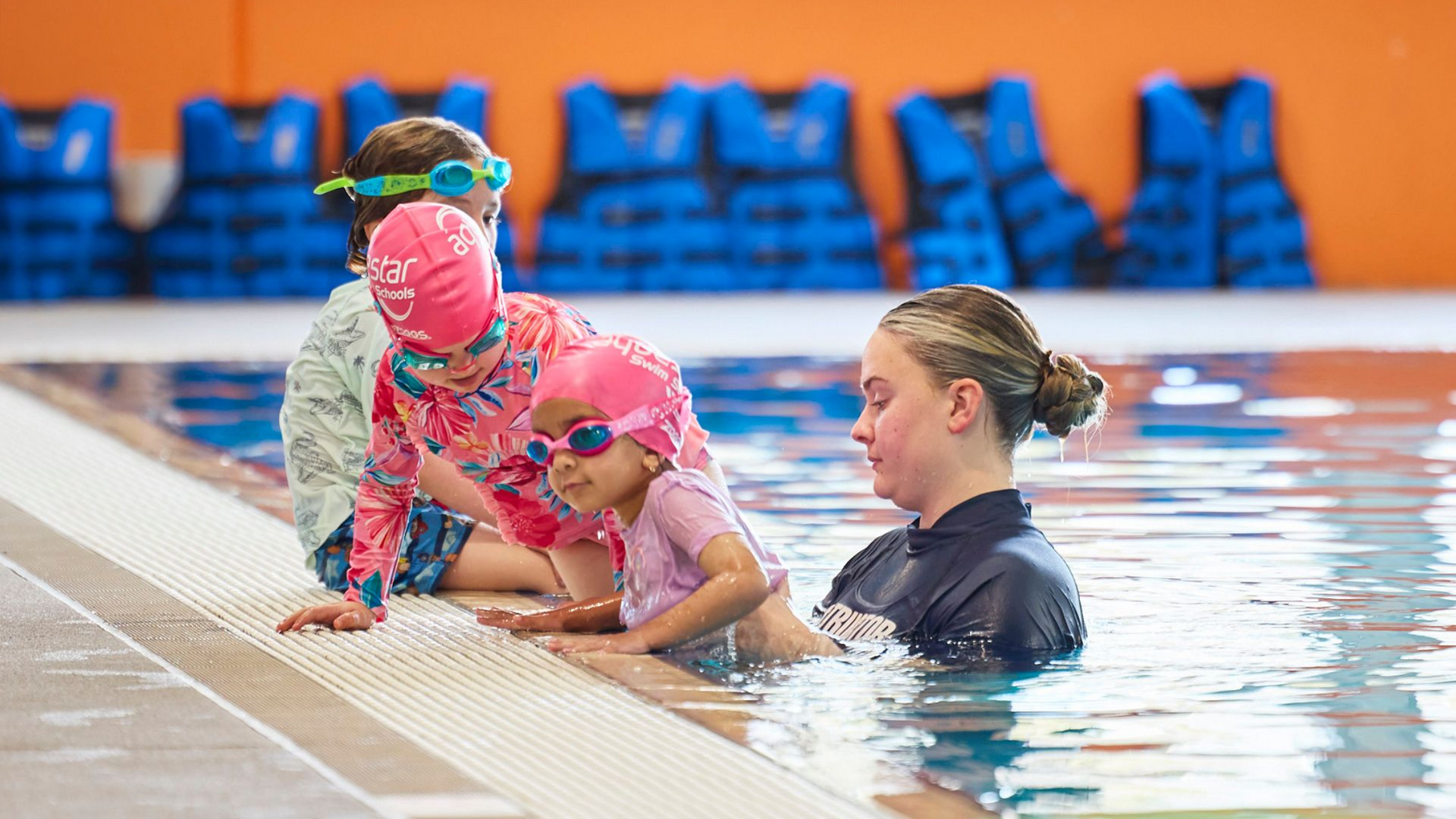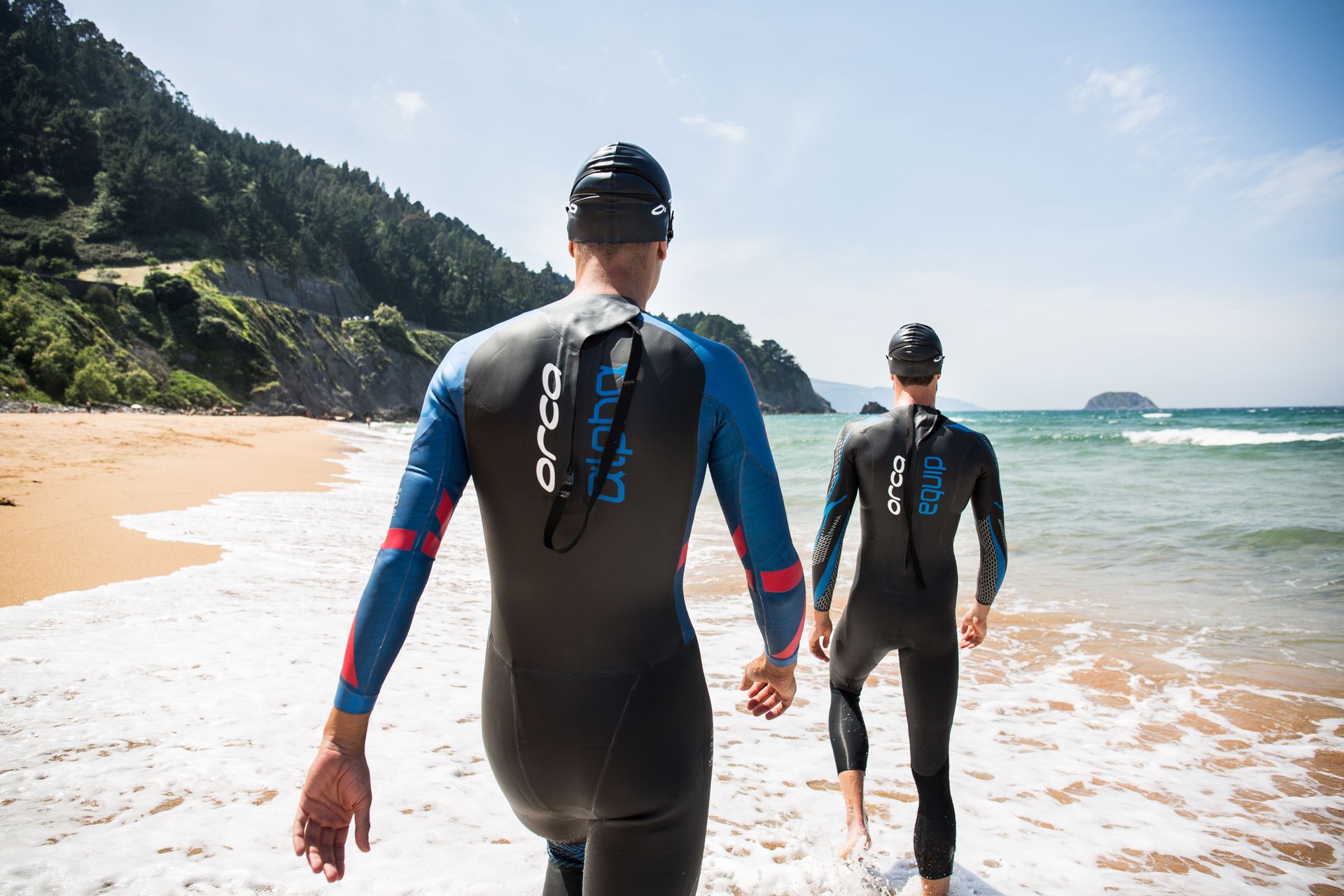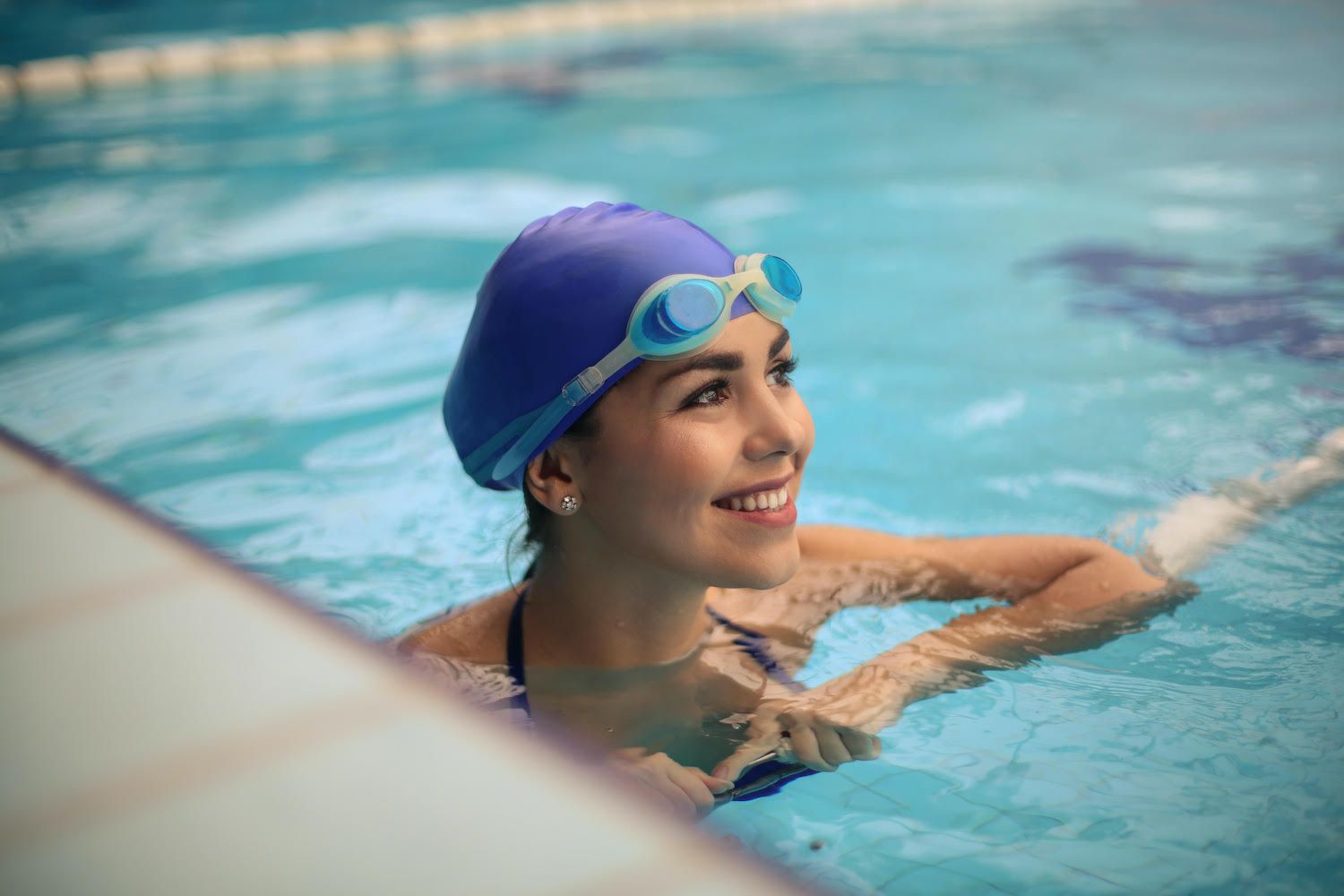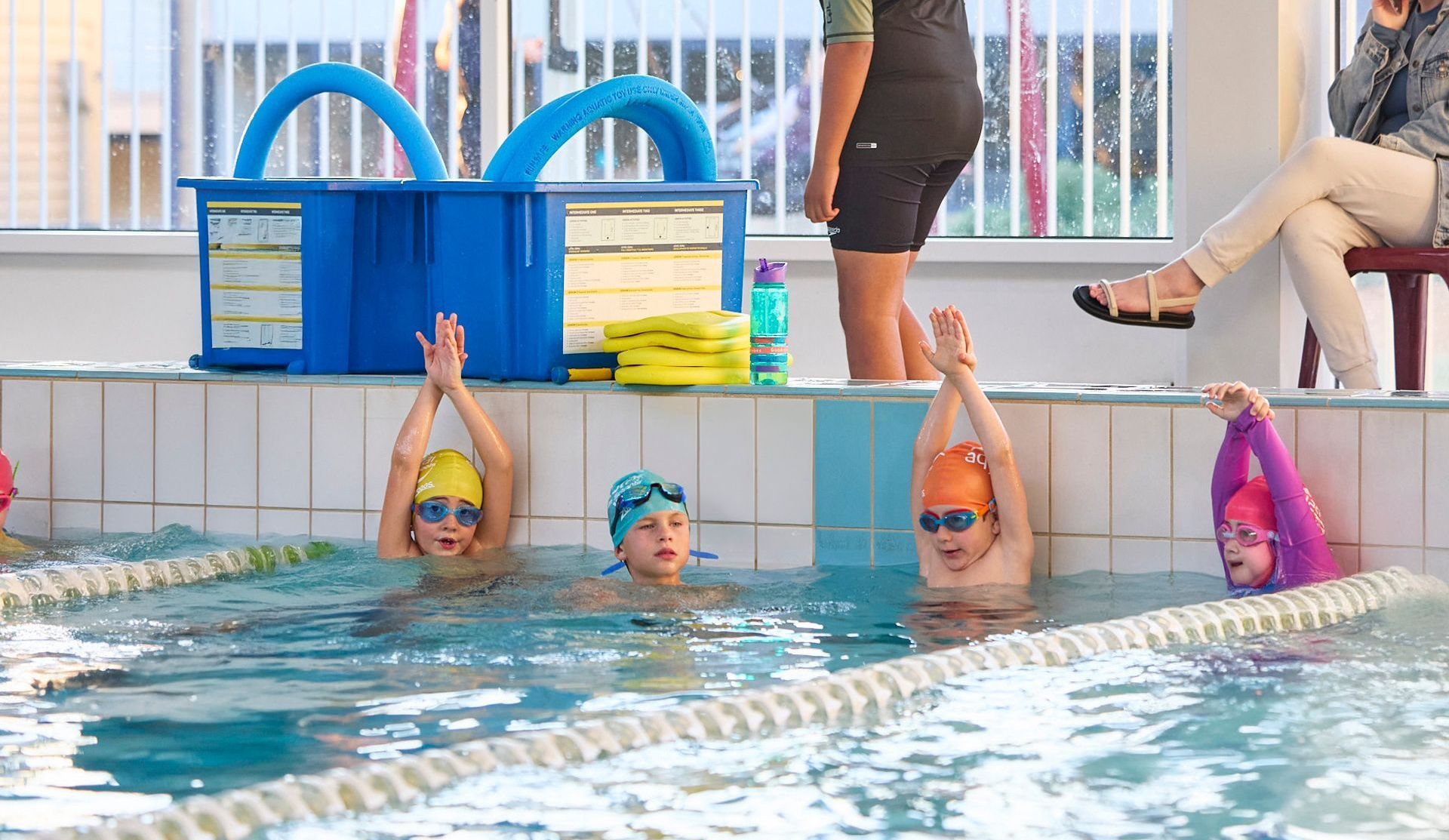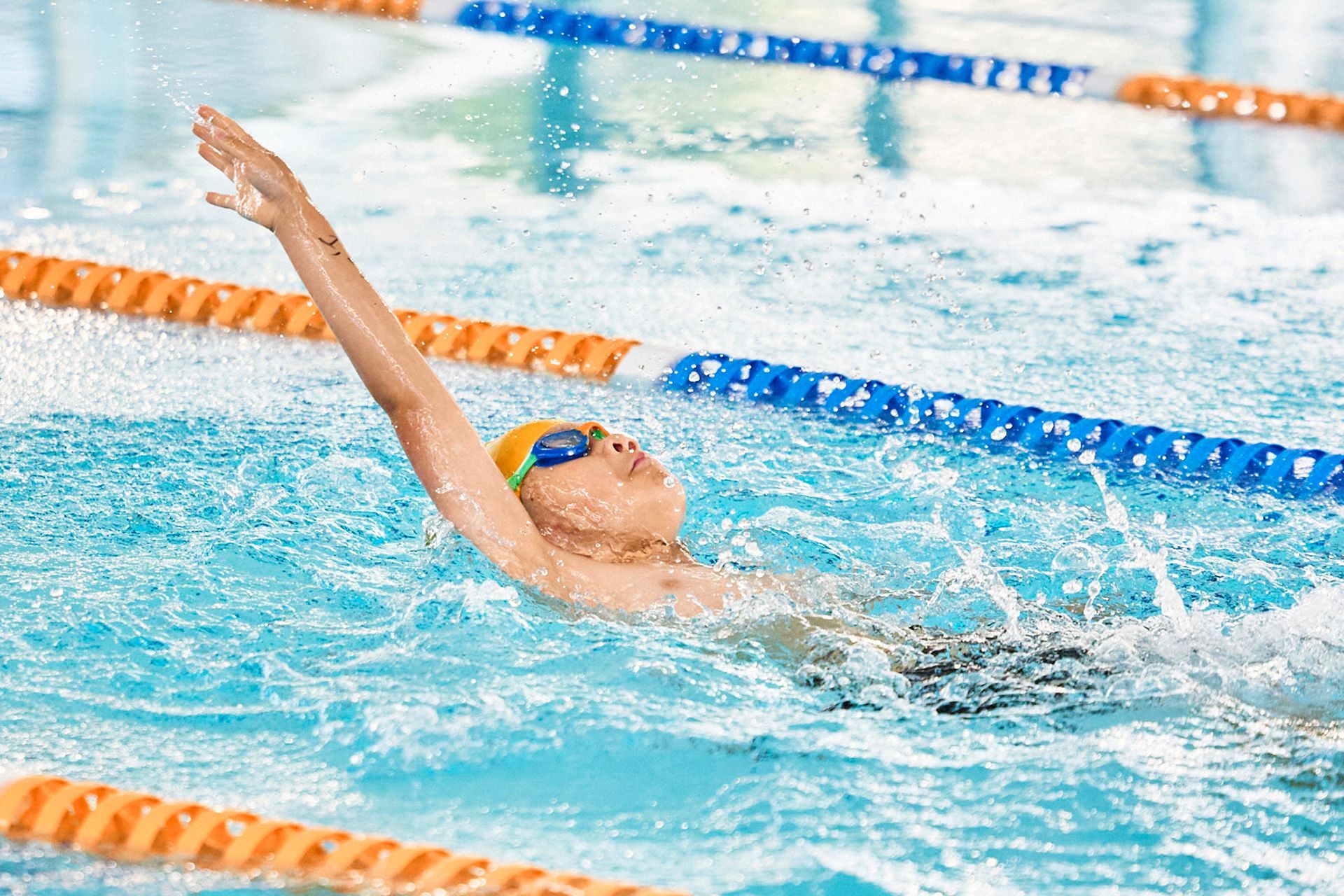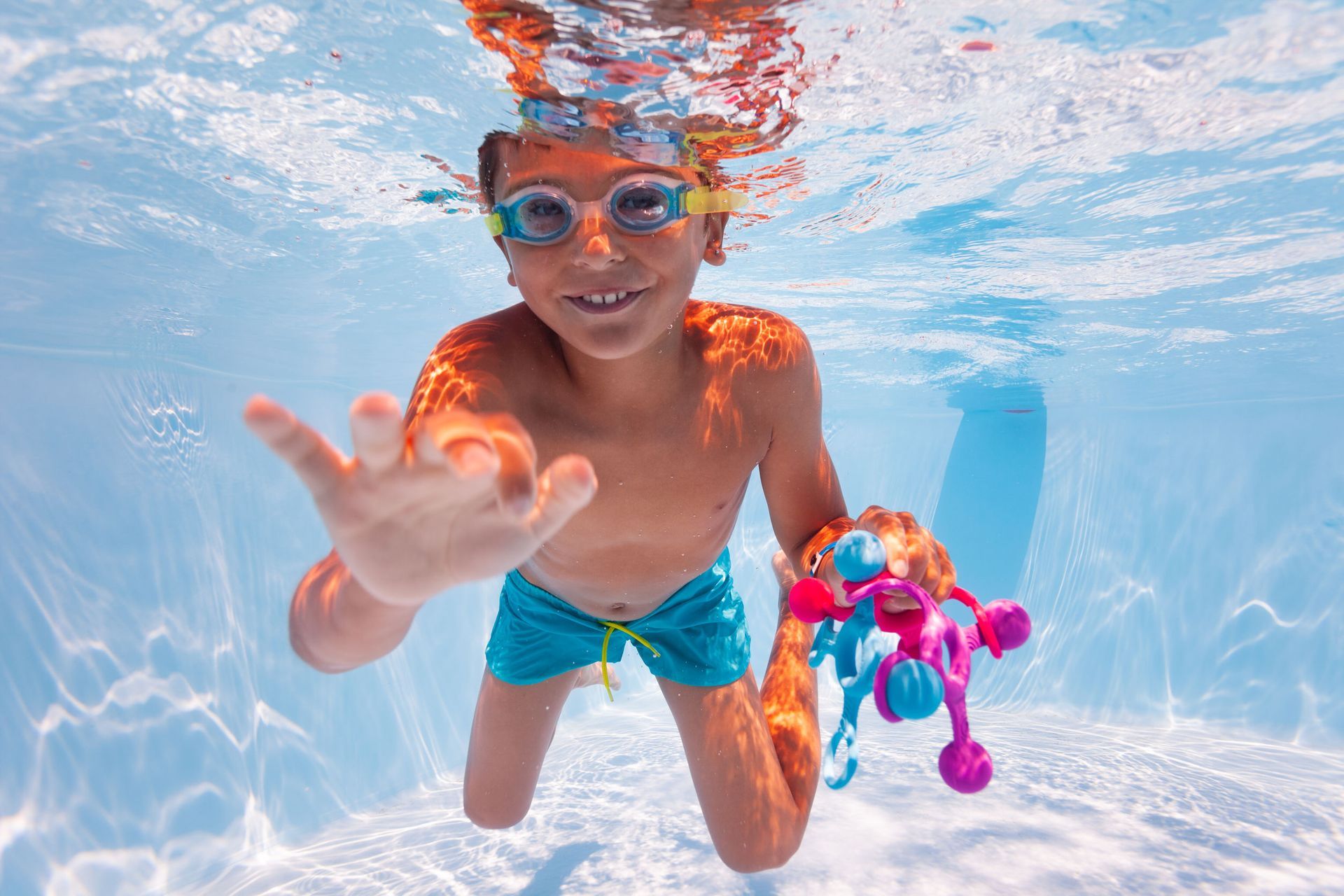3 tips to swim safely at the beach
Living in a country surrounded by ocean, chances are you’re likely to spend a bit of time at the beach each summer. Here are three tips to make sure you’re swimming safely…
1. Choose Patrolled Beaches
The number one way to stay safe when swimming at the beach – not surprisingly – is to choose patrolled beaches and swim between the red and yellow flags. This is safer for two reasons: the red and yellow flags have been carefully placed in the safest section of the beach, for example often on a sand bank where there are no rips, rocks or other dangers; and the beach is patrolled by trained lifeguards who are on hand to help should you get into any trouble in the water.
It’s important to always follow the direction of lifeguards at these beaches, as they know the beach better than anyone and are there to keep you safe. You should also adhere to any signage; it’s not only important to swim between the flags, but also to stay out of the water if there are signs indicating that the beach is closed or that potential hazards exist. If in doubt, it’s always better to err on the side of caution and keep your feet on dry sand. Remember, you can always swim another day!
2. Never Swim Alone
Even if you are a strong and confident swimmer, the fact remains that the ocean is unpredictable. Strong currents, changing weather conditions, king waves, hidden rocks… there are many variables in the ocean, and so when you’re swimming at the beach it’s important to make sure you never swim alone. If something does go awry, it’s helpful to have someone else at hand that can raise the alarm.
3. Learn To Recognise Rips
While swimming between the flags at patrolled beaches is a sure-fire way to avoid rips, it’s always handy to be able to spot them yourself. Rip tides are often characterised by deeper, darker water, fewer breaking waves, obvious water movement and also sandy water that extends beyond the surf zone, indicating that water is being quickly carried away from the beach. Often people get into trouble swimming in rips as they may look like a calmer section of the beach, compared to the sand banks with crashing waves – however the reason they can appear like this is because of the strong current pulling water back out to sea. Swimming on the sand banks where the waves are breaking – assuming they are not a dangerous size – is the safest option. The waves might knock you over, but they’ll be pushing you towards the beach rather than sucking you out to the back of the surf!
Of course, learning how to swim properly and knowing how to float and tread water are all precursors to having a safe and enjoyable time at the beach. The best way to acquire sound water skills is to have lessons with a professional swim teacher, who can give you the tools you need to stay safe at the beach. For more information regarding Aquastar Swim Schools’ Learn To Swim program, please click here.


